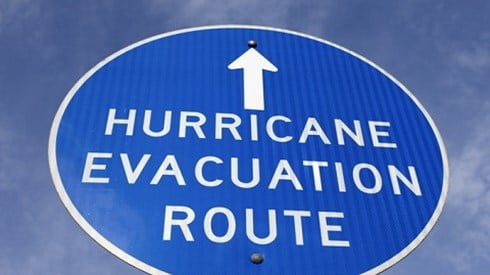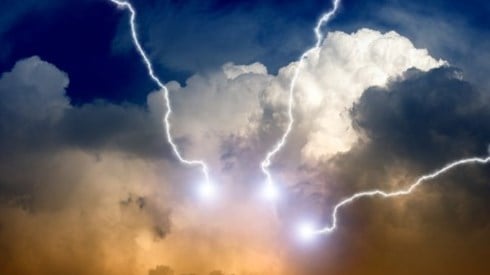NOAA Forecast Calls for Active North Atlantic Hurricane Season

May 26, 2020

The National Oceanic and Atmospheric Administration (NOAA) is predicting an above-normal Atlantic hurricane season this year with a range of 13 to 19 named storms of which 6 to 10 could become hurricanes, including 3 to 6 major hurricanes.
Forecasters with NOAA's Climate Prediction Center, a division of the National Weather Service, predicted a 60 percent chance of an above-normal Atlantic hurricane season this year, a 30 percent chance of a near-normal season, and a 10 percent chance of a below-normal season.
The Atlantic hurricane season runs from June 1 through November 30. An average hurricane season produces 12 named storms, NOAA said, of which 6 become hurricanes, including 3 major hurricanes.
NOAA said a combination of several climate factors is driving the strong likelihood for an above-normal Atlantic hurricane season. One is that El Nino Southern Oscillation conditions are expected to either remain neutral or to trend toward La Nina, meaning there will not be an El Nino present to suppress hurricane activity.
In addition, warmer-than-average sea surface temperatures in the tropical Atlantic Ocean and Caribbean Sea, coupled with reduced vertical wind shear, weaker tropical Atlantic trade winds, and an enhanced west African monsoon, all increase the likelihood for an above-normal Atlantic hurricane season, NOAA said. Similar conditions have produced more active seasons since the current high-activity era began in 1995, according to NOAA.
"NOAA's analysis of current and seasonal atmospheric conditions reveals a recipe for an active Atlantic hurricane season this year," Neil Jacobs, acting NOAA administrator, said in a statement.
May 26, 2020
